Why Are Most Endurance Athletes Training Too Hard?
Coach Tom Marmarelli explains that in order to achieve a significant improvement in the aerobic pace that can be sustained throughout long endurance events, the vast majority of training time should be performed below the aerobic threshold.
In training groups that he coaches, they recently started using the training app “TP - Training Peaks” in order to monitor and track training, use training plans, and of course, analyze workouts for better training.
For those who are unfamiliar with the TP app, it is a platform that allows coaches to send training programs to their trainees. The app synchronizes with Garmin Connect or any other smartwatch application.
By using the app, the athletes and coaches receive an up-to-date picture of the performance as well as the ability to monitor and analyze training sessions and competitions at the highest level. Shifting to using this app and analyzing athletes’ data, Coach Marmarelli realized that what he feared was true — most athletes train too hard.
Keep easy workouts easy enough
For many years now, Coach Marmarelli has been arguing that one of the most important principles of endurance training is to make the easy workouts easy enough. In his opinion, this is one of the most missed principles for most endurance athletes, and he tries to get all his athletes to adhere to this principle for two main reasons:- In order to work on the aerobic system in general, and to teach the body to burn fat at a higher rate. The athlete must exercise at a lower effort than their aerobic threshold.
- In order for the athlete to work at a strong enough pace in their more difficult workouts (meaning at their anaerobic threshold or higher), the athlete must arrive with sufficient energy, sufficient glycogen stores, a recovered neurological system, and ready to go white muscle fibers.
The aerobic threshold
The aerobic threshold is perhaps the least sexy concept you probably don’t know and do not want to get to know. This is probably why many athletes like to ignore it or not train below it. Training below the aerobic threshold will eventually result in a significant improvement in the fat burning rate and in the ability to maintain a higher level of performance in each of the triathlon disciplines throughout a longer period of time.
The aerobic threshold is an elusive point, but of course, it can be found precisely using laboratory conditions. It can also be found with slightly less precision, but still at a satisfactory level, with field conditions.
Why is it important for us to improve the aerobic threshold?
Below the aerobic threshold, the body generates most of the energy needed to burn fat in the aerobic system.
The body’s fat stores, compared to the body’s carbohydrates/glycogen stores, are almost endless in terms of endurance sports. An athlete weighing 70kg with 10% fat, in a simple calculation, contains about 7kg of fat in their body, with each kilogram of fat containing about 9,000 potential calories.
Therefore, the same athlete, theoretically, stores enough energy that would be sufficient for several ironman events in a row. The more we improve the rate of fat burning in any given heart rate, the more effective it will be over time, and the better the performance will become.
Throughout a training session, when the athlete works above his or her aerobic threshold over time, the athlete’s body begins to produce more and more energy from the precious carbohydrate stores, as it must satisfy the body's requirements for energy. Because the production of carbohydrate energy is faster than the production of energy from fat, in higher intensity loads the body will use more carbohydrates as fuel.
Besides the available carbohydrates in the body, the by-products of carbohydrate energy production include lactate (commonly known as lactic acid, but should be called lactate) and the addition of white muscle fibers that tire faster than red muscle fibers.
Yes, carbohydrates can be consumed while training, but the digestive system is unable to digest more than 60 grams of glucose and about 25 grams of fructose (in well-trained athletes), and deliver it to the muscle. Therefore, we will find ourselves at an unsustainable high carb-burning rate that cannot be maintained for a long period of time.
It is also important to remember that when we reach a state where our carbohydrate stores are too low, the fat burning rate will drop as well because in order to burn fat you need to burn carbohydrates, or "fat burns in a carbohydrate fire".
Patience will pay off
At the metabolic level, the aerobic threshold is found in the laboratory by determining the point at which the body exceeds the lactate level of the athlete's lactate level while resting, as this indicates the initiation of carbohydrate decomposition.
The aerobic threshold can also be found by a gas-flow analyzing device. Under field conditions, the aerobic threshold in the three disciplines of the triathlon can be pinpointed relatively well.
During swimming, the aerobic threshold can be determined by reducing 10-15 seconds per 100 meters from your 1,000 meters best effort.
For cycling, it is about 75% of the FTP or the boundary between the heart rate zones 2-3. The aerobic threshold while running can be determined at a pace of 10 km race pace + about 40 seconds per km, or the boundary between the heart rate zones 2-3.
At the end of the day, in order to achieve a significant improvement in the aerobic pace that can be sustained over time, and especially throughout long endurance competitions, the absolute majority of training time should be performed below the aerobic threshold.
Conclusion
Too often, Coach Marmarelli hears from athletes that it doesn’t make sense and the pacing is simply too slow. More than anything, he says, this indicates a weak aerobic system and it is clear to him that the athlete will have difficulty in long endurance efforts.
Ultimately, patience pays off, and working below the aerobic threshold will yield the greatest improvement any endurance athlete is yearning for.
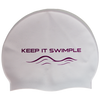

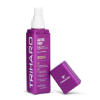



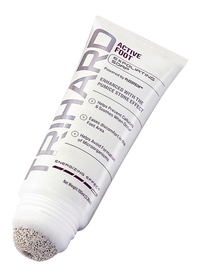



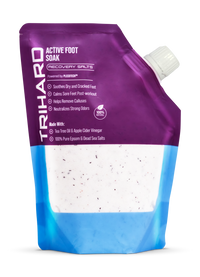




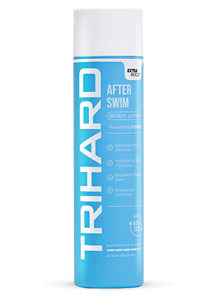
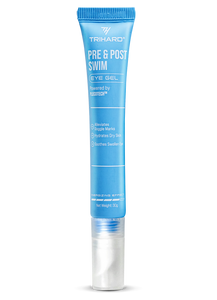


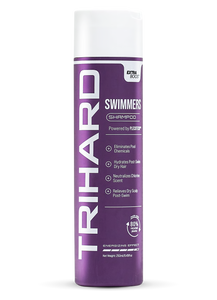










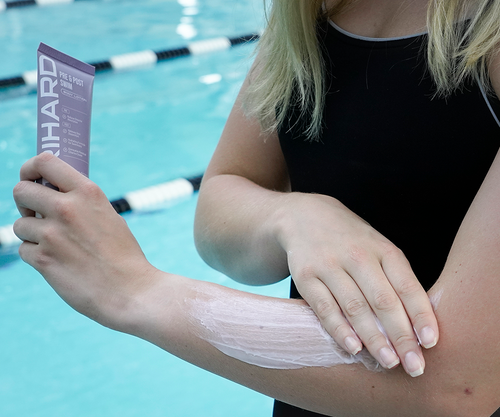



Leave a comment